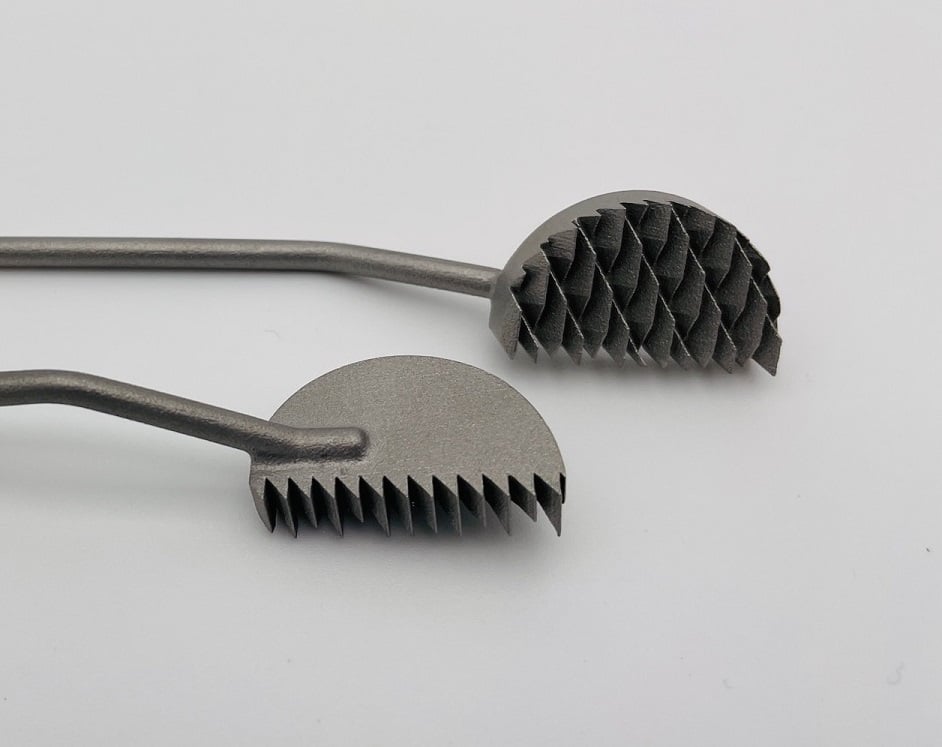
3D printing in the medical marketplace has seen a major surge as the technology has advanced. Thanks to 3D printing, medical device engineers can print almost anything they can imagine. Complex geometries that used to be unattainable can now be realized quickly and affordably. Let's explore how 3D printing medical devices has changed the game for precision medical device manufacturing.
3D printing opens up a world of opportunity for medical device engineers from prototypes to production-run medical device components to patient-specific devices. Medical device manufacturing with 3D printers gives you room to create complex geometries that other processes can't match.
Compared to their tooling-based predecessors, 3D printed medical devices allow for:
- Higher precision of more complex geometries
- Lighter weight components
- Production runs without the need for tooling
- Personalization from patient to patient
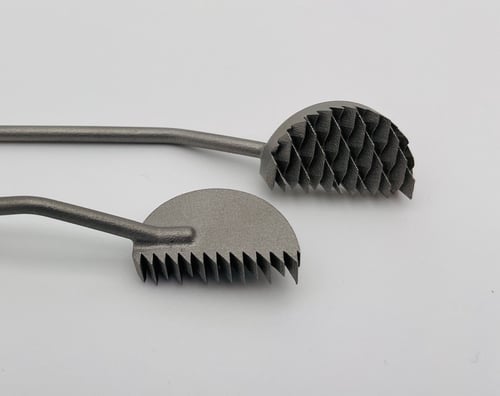
There are several typical use cases for 3D printing medical devices: prototyping, orthopedics, cranial implants, surgical instruments, and patient-specific devices. Here are a few stories of how 3D printing played a part in creating medical devices.
A small medical device company had entered the market with a line of foot, ankle, and shoulder surgical instruments. After FDA clearance of the shoulder instrument, the company wanted to enhance its product line. The design team came up with an improved instrument that was too complex for typical machining processes. It didn’t take them long to realize that 3D printing would be the best way to manufacture the prototype.
3D printing was new to the design team, and they were unsure of how the product would function after being printed. They sent us the prints, and we had several conversations about how the design would come together in the DMLS 3D printer. The project required printing, heat treating, and then assembling several pieces.
When we sent the prototype, they were excited to see how the product came out, both in look and function. Thanks to 3D printing, the medical device company had a working prototype in hand only a few weeks after final design approval.
3D Printing Benefits for Prototyping Medical Devices:
- Able to print a geometry too complex for other machining processes
- Working prototypes without tooling costs
- Quick turnaround
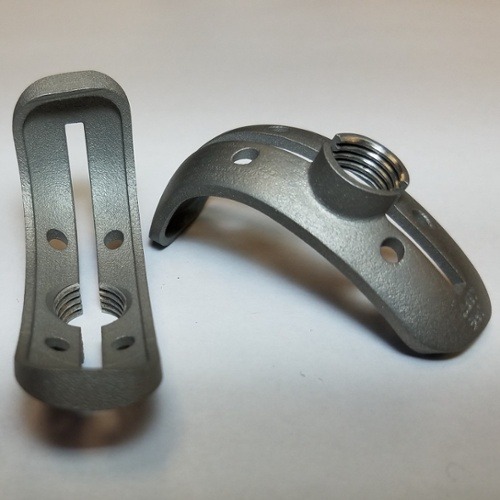
An orthopedic implant company faced the possibility of losing one of its customers because conventional manufacturing processes could not deliver surgical prototypes on time. To keep the customer, they needed to have a set of hip replacement femoral broaches ready for surgery within 7 days.
The vice president of product development normally had this type of instrument CNC machined or precision ground. But these processes would take 4 to 6 weeks to produce the part. As a further complication, these particular broaches had a unique design that would be difficult to machine. 3D printing was their only chance at fulfilling their customer’s requirements.
We printed, heat treated, and laser marked the entire set in 6 days. The following week, they were in the surgeon’s hands. The printed tools performed as well as conventionally produced tools and proved the benefit of the innovative design.
3D Printing Benefits for Orthopedic Products:
- As durable as conventionally manufactured devices
- Shorter product development cycle
- Design flexibility
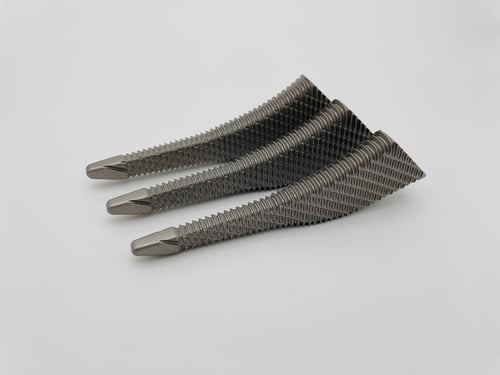
Another regional orthopedic implant company wanted to develop a set of durable and cost-effective single-use surgical tools for sacroiliac joint fusion surgery. These devices would all require cannulation. The high cost and long lead time of pre-cannulated stock would not work for a single-use instrument.
The medical device engineers had conceived an innovative design that would provide functional cannulation without securing pre-cannulated stock. However, this design would be difficult to accomplish in stainless steel – the originally specified material.
By using our 3D metal printers and Alsi12 aluminum material, we produced a prototype set to prove the innovative cannulation design. We produced durable tools with functional cannulation and significantly reduced the weight of the devices. The customer was also impressed with the surface texture of the printed instruments.
We have now been approved to produce multiple components for FDA packaging and surgical trials.
3D Printing Benefits for Surgical Instruments:
- More flexibility in material choices
- Difficult to machine geometry can be easily achieved
- Durable, lightweight, and functional devices
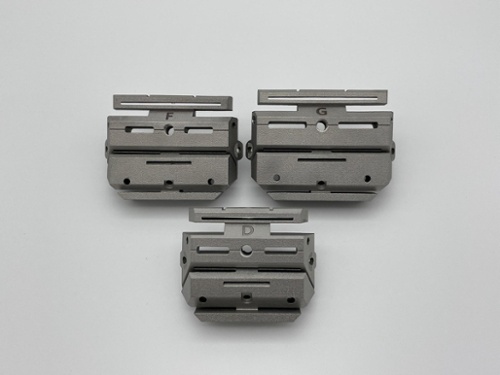
>>> Related resource: Learn how choosing the right materials and machining processes for your medical devices can help you get ahead of the competition in this free comparison guide.
These success stories highlight why additive manufacturing use in the medical field has risen so dramatically.
When it comes to 3D printing precision medical components, make sure you're working with an ISO 13485 certified manufacturing company. ISO 13485 standards specifically address customer and regulatory requirements for medical device manufacturing.
While some 3D print shops may offer lower prices, many of your 3D printed components may require other processes such as wire EDM, laser cutting, swiss turning, CNC machining, and others. A fully functioning machine shop will have these processes along with 3D printing. This combination helps turn printed components into functional medical devices.
The opportunity to 3D print medical devices is changing the world of medical device design. How will you use this incredible new process?
If you’re interested in additive manufacturing for medical device prototyping or production, let’s talk about it. As a one-stop shop for all of your production needs, we can discuss 3D printing as well as conventional manufacturing methods. We'll make sure you get the best machining process for your needs.
325 Morgan Ave.
Akron, Ohio 44311
330-773-5173